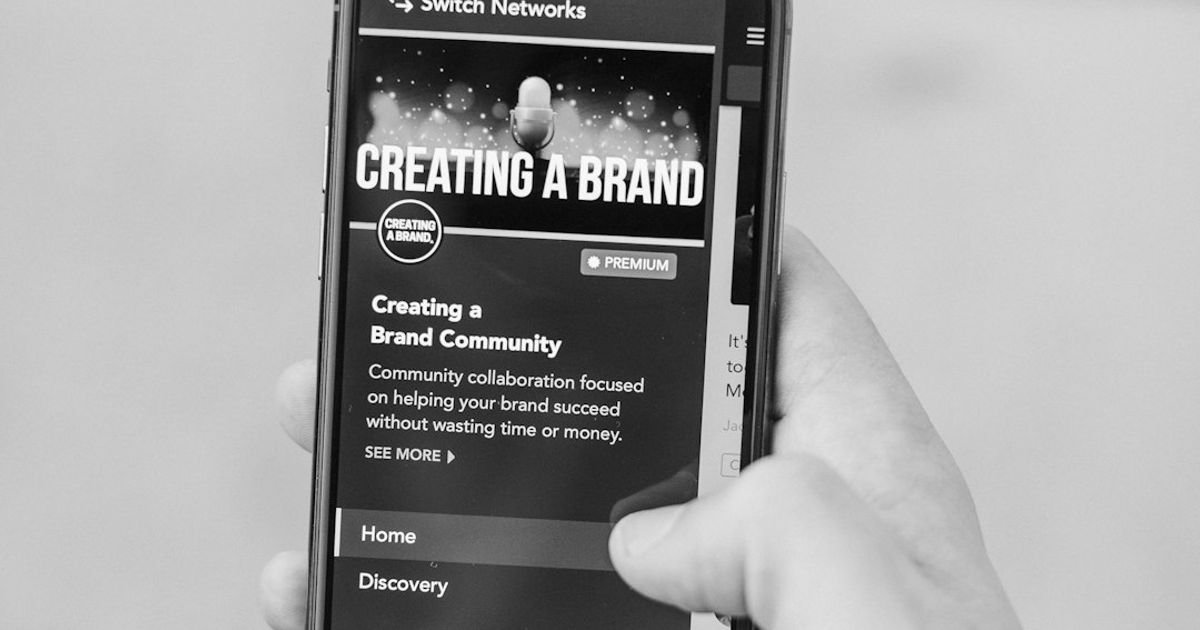About Prompt
- Prompt Type – Dynamic
- Prompt Platform – Google Gemini
- Niche – AR/VR
- Language – English
- Category – E-commerce
- Prompt Title – Gemini Prompt for Developing a Virtual Shopping Try-On App
Prompt Details
**Prompt Type:** Dynamic
**Objective:** Generate a comprehensive development plan for a virtual try-on application leveraging AR/VR technology for e-commerce, adaptable to various product categories and user platforms.
**Instructions for Gemini:**
You are acting as a lead product architect specializing in AR/VR and e-commerce. Your task is to design a virtual try-on application, factoring in the user-provided parameters below. The output should be a structured development plan, outlining the technical specifications, functionalities, and considerations for building a successful application.
**User-Provided Parameters:**
* **Product Category:** [User Input: e.g., Clothing, Shoes, Accessories, Makeup, Furniture, Eyewear]
* **Target Platform:** [User Input: e.g., iOS, Android, Web, VR Headset (specify model)]
* **Integration Method:** [User Input: e.g., Existing E-commerce platform integration (specify platform), Standalone app]
* **Key Features:** [User Input: e.g., 3D model rendering, Realistic textures, Body scanning/sizing, Virtual environment customization, Social sharing, AI-powered styling recommendations, AR filters]
* **Budget Tier:** [User Input: e.g., Low, Medium, High]
**Desired Output Format:**
The output should be presented in a structured format, including the following sections:
1. **Executive Summary:** Brief overview of the app concept, target audience, and key features, tailored to the user-provided parameters.
2. **Technical Specifications:**
* **AR/VR Technology:** Recommended AR/VR technology stack based on the chosen platform and features. (e.g., ARKit, ARCore, WebXR, Unity, Unreal Engine)
* **3D Model Creation:** Outline the process for creating 3D models of products, considering the budget tier. (e.g., Photogrammetry, 3D scanning, CAD modeling)
* **Data Storage & Management:** Strategies for efficient storage and management of 3D models and user data.
* **Backend Infrastructure:** Recommended backend technologies and architecture.
3. **Functionality & User Experience:**
* **User Interface (UI) and User Experience (UX) Design:** Description of the app’s UI/UX, considering intuitive navigation and user interaction within the AR/VR environment.
* **Try-On Experience:** Detailed explanation of how the virtual try-on feature will work, incorporating user input parameters.
* **Integration with E-commerce Platform (if applicable):** Describe the integration process and data flow between the app and the existing e-commerce platform.
4. **Monetization Strategy (if applicable):** Suggestions for monetizing the application (e.g., In-app purchases, Freemium model, Subscription).
5. **Development Timeline & Resources:** Estimated development timeline and required resources (e.g., Development team size, Skillsets).
6. **Challenges & Mitigation Strategies:** Potential challenges during development and proposed mitigation strategies.
7. **Future Enhancements:** Ideas for future improvements and feature additions.
**Example User Input:**
* **Product Category:** Clothing
* **Target Platform:** iOS
* **Integration Method:** Existing E-commerce platform integration (Shopify)
* **Key Features:** 3D model rendering, Realistic textures, Body scanning/sizing, AI-powered styling recommendations
* **Budget Tier:** Medium
**Evaluation Criteria:**
The generated output should be:
* **Relevant:** Directly addresses the user-provided parameters and the objective of creating a virtual try-on app.
* **Comprehensive:** Covers all aspects of development, from technical specifications to user experience and monetization.
* **Well-structured and Organized:** Easy to understand and navigate.
* **Realistic and Feasible:** Proposes practical solutions within the specified budget tier.
* **Specific and Actionable:** Provides clear and concise instructions that can be used by developers.
This dynamic prompt allows for flexible application design based on user needs and provides a comprehensive development plan for building a successful virtual try-on application. By adjusting the input parameters, users can explore various application scenarios and receive tailored guidance from Gemini.

